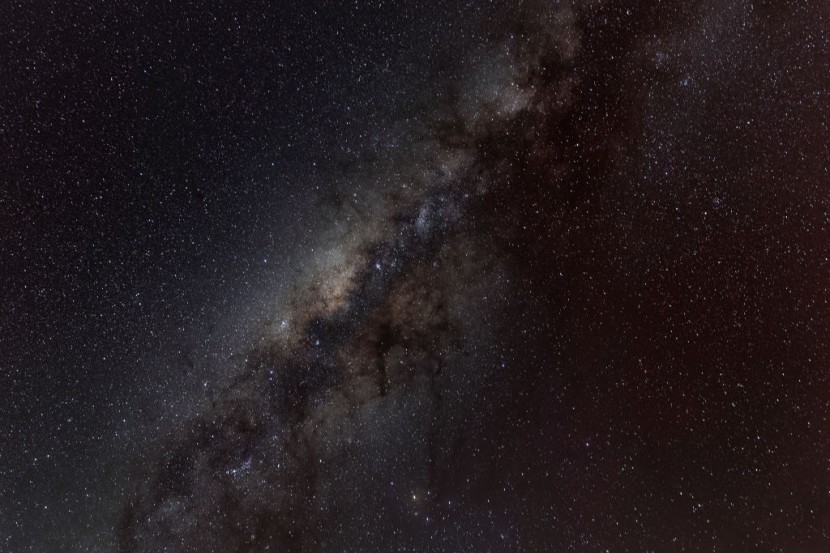
NASA's James Webb Space Telescope has successfully captured images of the oldest-known galaxies to date that are believed to have existed less than 400 million years after the events of the big bang.
Previous data from Webb had provided candidates for such young galaxies and now, these galaxies have been confirmed by obtaining spectroscopic observations. Astronomers have revealed the characteristic and distinctive patterns in the fingerprints of light coming from these incredibly faint galaxies in the farthest reaches of the cosmos.
Youngest Galaxies in the Universe
Emma Curtis-Lake, an astronomer and co-author from the University of Hertfordshire in the United Kingdom, said that the findings were crucial in proving that such galaxies actually did exist in the early universe.
She added that it was entirely possible for closer galaxies to hide as very distant galaxies. When the spectrum revealed what they had hoped, experts confirmed that the galaxies they observed were at the true edge of our view, in places that were further away than what the Hubble Space Telescope could see, as per Phys.org.
The recent observations are a result of a collaboration of scientists who led the development of the instruments found on Webb; the Near-Infrared Camera (NIRCam) and the Near-Infrared Spectrograph (NIRSpec).
The investigation looking into the oldest galaxies in the universe was the leading motivation behind the concepts of the two instruments. The instrument teams joined forces in 2015 to propose the JWST Advanced Deep Extragalactic Survey (JADES). It was an ambitious program that has been allocated just over one month of the telescope's time spread over two years.
According to Space, the team of astronomers now know that light from four galaxies they analyzed took more than 13.4 billion years to reach the telescope. Experts are excited that Webb, which was designed for discovering such galaxies, is delivering results so early in its operations.
Analyzing Webb's Images
An astrophysicist at the University of California Santa Cruz, Brant Robertson, who is also one of the researchers involved in the observations, said that the galaxies were well beyond what they could have imagined finding prior to the usage of Webb.
Robertson added that now, with the help of Webb, they can start finding such distant galaxies and later confirm their distances using the telescope's instruments. Astronomers made use of redshift from NIRSpec's data to confirm the distance of the galaxies.
Redshift is what makes objects that are moving farther away from us appear redder as a result of the expansion of the universe. It is responsible for stretching the light emitted by distant stars and galaxies into longer, redder wavelengths of the light spectrum.
Using the recent images taken by Webb, experts can distinguish the galaxies in the early universe by the tell-tale aspect of their multi-wavelength colors. Astronomers found that the youngest galaxies that they observed had their light stretched by a factor of up to 14.
Astronomers work on searching for faint galaxies that are still visible in the infrared but whose light is suddenly cut off at a critical wavelength. The location of this cutoff within each galaxy's spectrum is moved by the expansion of the universe. The JADES team analyzed Webb images looking for these distinctive candidates, NASA reported.
Related Article : Rare Cosmic Collision of Stars Within Black Hole Provides Crucial Information About Gamma-Ray Bursts
© 2025 HNGN, All rights reserved. Do not reproduce without permission.








